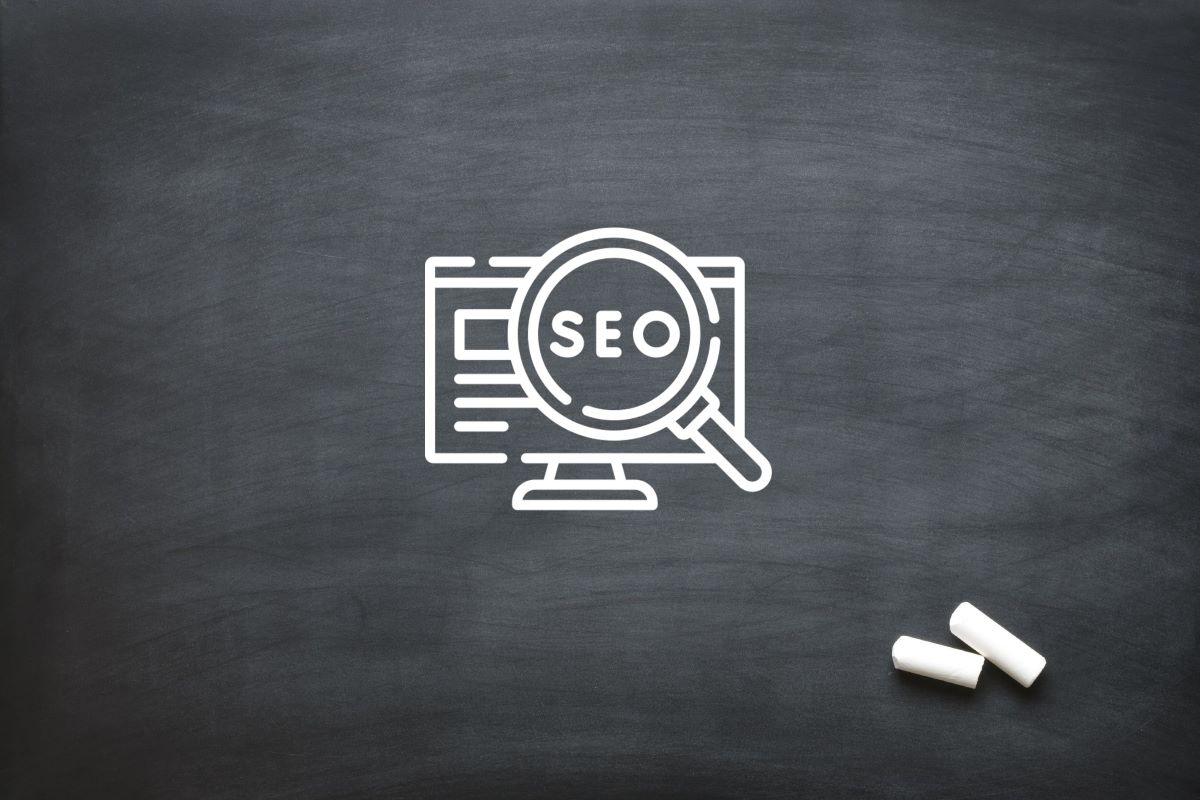
Professional Photography Content Options
Professional photographic content, as we know it today, has cemented itself as an integral part of any company that does any sort of marketing.
Digital content has seen a considerable increase over the past decade but the rise of the COVID 19 pandemic, has shifted the market forward by 5 years seemingly overnight.
Gone are the days of traditional content marketing, the digital sphere and the content that comes with it is a powerful tool that should be harnessed by your sales and marketing team.
Below we will be discussing the different forms that content takes on in smaller chunks that will lead through to deeper explanations thereof.
Photography
Professional photography as a medium can be traced back to as early as the fifth century with the birth of the “camera obscura” however the modern-day camera as we know it is worlds apart from a tent with a pinhole in it.
Professional photography has been a favoured medium in marketing since the late 1800s and for good reason.
As the ancient Chinese proverb states: “one picture is worth ten thousand words”
Marketing through written content alone is hardly as effective or efficient as one would think.
The human brain is naturally stimulated through visual content mediums.
So it only made sense to use it as a tool to better market products or services.
So what kinds of professional photography options are there?
Corporate photography
Photography received its commercial applications in the 1850s and served as the perfect medium for companies operating within the corporate sector to better advertise their staff, companies and services.
Corporate photography has widespread application not only in marketing but in sales as well and is a powerful tool in the hands of a skilled salesman.
Corporate Headshots
Corporate headshots have a wide variety of functions but their purpose is simply to show you what a person looks like.
Corporate headshots are generally very clean and clear images that depict a single person and can be used for company websites, corporate profiles, resumes and even annual reports.
Both the marketing and sales applications of corporate headshots serve a relatively similar function.
They provide the consumer with a clear picture of what the employee in question looks like but on a deeper level, they help to better build a connection with the consumer. Putting a face to an email can make a world of difference.
Executive Portraits
Executive portraits are first and foremost the first impression your potential clients and/or investors will have of your executive team.
Executive portraits provide space for creativity.
These portraits need to play into the values, charisma and characteristics of the individual to provide a striking and accurate depiction of them.
When marketing your company the consumers value the connection that something a simple as an executive portrait can provide.
When interacting with a company from a buyers perspective, it’s important that the buyer sees the company as more than just a company.
Knowing who is behind the company and having an idea of the values, vision and mission the person behind the company has.
Team Portraits
Team portraits are a wider depiction of the entire company’s team.
Team portraits are predominantly used as marketing material to provide potential clients and investors with a holistic depiction of your company’s entire staff.
Team portraits are mainly used as a marketing tool on websites as well as graphic elements for various brochures and marketing campaigns.
Unit / Department Portraits
Unit and department portraits break your company up into teams to help potential clients and investors identify who works for what department.
These units/departments could be anything from the board of executives to the finance department and cleaning staff.
These portraits are generally used for websites but can be used to market the specific departments of your accompany as well as the employee culture to potential future employees, investors or clients.
In action/On-site portraits
Inaction and on-site portraits aim to depict your company’s working force in action, these could range from people working at their desks, filing paperwork or enjoying a meal in the company’s cafeteria. The options are endless.
These types of portraits are generally used for company brochures, websites, social media, monthly reports, etc.
Your sales team may also make use of these images to provide possible clients with an understanding of how your company may operate or as an aiding graphic in a digital proposal.
Product Photography
Words can paint very vivid pictures, but an actual photograph provides a deeper feeling of tangibility and provides an actual clearer idea of what the product in question may look like.
Naturally, products became very popular to anyone selling any sort of product.
There are however a few different types of product photography and they are:
Pack Shots
The most standard and straightforward of product photography, pack shots are a very basic depiction of your product as is, however, these images are correctly lit through planned lighting and shot in front of basic backdrops to provide you with a clear depiction of your product.
Packshots are widely used on e-commerce platforms and brochures but can also be used on social media platforms, their clean format can provide for aesthetic social marketing.
Packshots are also a useful tool used by sales staff to entice consumers or buyers to purchase your goods through the use of visual elements.
360 Pack Shots
360 pack shots are still a very basic depiction of your product however they do offer a deeper dimension.
By placing the product on a small turntable you are able to capture the product from multiple angles.
These types of shots are primarily used on e-commerce sites and allow the potential buyer to gain a 360-degree view of the product.
These photographs may also be used by sales staff as an aiding graphic element in sales pitches. These images are especially useful for companies selling any sort of machinery as many
Staged Product Photography
Staged product photography involves staging a scene in which the product is placed among items and colours that are aesthetically supportive to the look and feel of the product.
This makes the product more appealing to buy and is commonly used for social media marketing and other forms of marketing.
You can however use these for your eCommerce site as well.
Sales staff may use such images in digital sales pitches, the use of aesthetically pleasing images of products may entice the buyer because the products portray a more premium look and feel.
In Use/Model Product Photography
This form of product photography displays the product in use, either in the hands of a model or set in a practical use case that is not only visually appealing but provides the potential buyer with a clear depiction of how the item may look in a certain setting.
For example, if a company manufactures and sells bags or purses they would commission a photographer to shoot lifestyle styled shots where the bags or purses are used by the models.
Abstract Product Photography
Abstract product photography is the art of depicting a product without showcasing the full product. The product should be recognisable and easily perceivable.
Some of the most popular types of abstract product photography would be that of Nike and various perfume brands where the product is photographed with backlighting only. This results in a silhouette of the product. This type of product photography is mainly used for marketing purposes such as billboards, posters and social media.
Fine-Art Product Photography
Fine-art product photography is a form of the product photography that is created purely for aesthetic reasons. These photographs aim to display the product in the most luxurious or visually compelling way. Usually, fine art product photography would require the assistance of an art director to visualise and build the set in which the product is meant to be photographed. It also makes use of fine-tuned lighting and needs to communicate a specific feeling connected to the brand.
This form of product photography is only used for advertising and marketing.
Facility Photography
Facility photography focuses on the property, buildings, environments and capabilities of any company. This type of professional photography is widely used within the industrial, commercial and real estate sectors.
This however does not mean it is limited to those sectors, it could apply to any sector that makes use of any sort of facility.
These types of photographs can be used by sales and marketing staff to showcase the size, capabilities and amenities of a specific facility.
Interior Facility Photography
Portraying a facility’s interior isn’t as straightforward as one would think.
The focus of the photography really depends on the facility that you need to be photographed.
For example in a commercial space, one would need to focus on the retail set-up, displaying things like the product line and the layout thereof as well as the flow and aesthetic design of the facility.
But with a corporate facility, the focus would be on the office set-ups, board rooms and communal areas.
These photos focus primarily on the layout, set-up and amenities of a specific facility.
They can be used in both sales and marketing to showcase the above mentioned to potential buyers or investors.
Exterior Facility Photography
Exterior facility photography focuses primarily on the architecture, size and scale of the facility in question.
This does fluctuate depending on the type of facility you are photographing.
For example, if the facility in question is a prestigious bank building in a financial district the focus will be on the architecture of the building while incorporating the branding relevant to the company.
However, if you are photographing a factory in an industrial area the focus would rather be on the size and scale of the building because these types of buildings don’t necessarily have any aesthetic architectural features.
These photographs are used by sales staff to portray the size of a facility to possible interested parties or may be used by marketing staff to show off the facility on social media or on their website.
Production Line Photography
Production line photography focuses on the production capabilities of an industrial manufacturer.
These types of photos are very important to companies trading within the manufacturing and industrial sectors because of their widespread use.
These photographs portray not only the manufacturing capabilities of the company but also shows what kind of machinery is used, the environment their products are manufactured in and how they are manufactured.
With the production line photographs your sales and marketing staff are able to showcase the capabilities of the production line in question to potential buyers, investors or other potential buyers.
This also allows the above-mentioned parties to gain a better understanding of how the production lines work, educating your interested parties may lead to better sales conversions.
General Operations Photography
General operations photography is a blanket term for various forms of professional photography that capture different operations, their methods and/or procedures.
Photographs such as these are meant to give interested parties a clearer idea of how operations are carried out within your company, this can be done by sales staff through brochures or sales pitches, or it can be done by marketing staff through social media platforms or your companies website.
Systems Photography
Systems photography captures the process in which certain system operations are carried out.
This form of professional photography is used for training purposes.
For example in a factory systems photography could be used to train new and existing employees on how to use the electronic systems that operate the machinery.
Through systems photographs, your sales and marketing staff can provide buyers and/or investors with a clear understanding of how certain systems work in either a sales pitch or on your company’s website.
Process Photography
Process photography is used to portray specific processes that need to be followed by employees in a company.
For example, a company operating in the medical field will have very specific processes in place for the disposal of medical waste.
These processes can be photographed and used to train new employees on these processes and assist in reaffirming these processes with existing employees.
Your sales and marketing team could use such photos to showcase that you are compliant with relevant government-related procedures or to provide possible clients and investors with a better understanding of how your company carries out certain processes.
Corporate Documentary Photography
Corporate documentary photography provides your company with visual storytelling capabilities allowing companies to effectively portray and communicate their core company values as well as capture the teamwork and synergy found between employees and executive staff.
Corporate documentary photography also serves as a great way for a company to raise awareness for the various community projects they may be involved in.
This type of professional photography is mainly used for company marketing as well as in company profile documents or quarterly reports but could be used in sales meetings to pitch your company’s ethics, work environment and vision, mission and goals to possible clients and investors.
Behind the Scenes Photography
Behind the scenes, photography captures the work behind a project that the general public wouldn’t normally see.
For example, behind the scenes, photography is widely used in the movie industry to capture moments where actors are between scenes dressed up as their characters while interacting with the various staff members involved.
This stands to provide the end-user with a unique look into the work involved in producing a feature film.
It can also provide investors with an idea of what their money is being used for.
Service Specific Photography
Customer Perspective Photography
Customer perspective photography aims to capture the companies performance through the eyes of a customer or provides a clear depiction of how a customer would look while interacting with either a product or service provided by the company in question.
This type of photography has a few different use cases, it could be used as a marketing tool to allow customers to gain an idea of what their experience with the relevant product or service may be like and can also be used as graphic content for company profiles and reports.
Procedural Photography
Procedural photography follows and documents specific procedures followed by companies that are service-oriented. These procedures are followed step by step and photographed.
These photographs are then used by sales staff as a tool in sales meetings to provide the customer with a clear idea of how the services are carried out how their specific procedures may affect the surroundings etc.
These photos are not regularly used for marketing in a traditional sense for example:
These photographs won’t be used on a billboard but could be used on a social media platform or in an email to highlight how the procedures are carried out.
Fine Art Photography
Fine art photography is a form of professional photography that acts as an artistic expression carried out via photographic medium through the taste and style of the photographer.
Plainly, fine art is not one specific thing but rather an interpretation of art.
Fine art photography can take on many shapes and forms and should always be left open for the consumer to form their own perception.
The use thereof would mainly be for marketing as a way of providing consumers with a different perception of either a product, company, building, etc. Sales staff may also use this in a sales pitch as graphic content.
360 Photography
360 photography is carried out by using 360 specific cameras, these cameras make use of two or more lenses with wide focal ranges which allows the camera to seamlessly take and stitch together photographs of the entire surrounding environment.
360 Photography has gained widespread popularity and uses within the real estate industry.
Allowing realtors to capture entire rooms in a single photograph and providing them with a full 360-degree view of the room in question. These photos are interactive so when you click and drag the image, you will pan left or right, up or down.
These photographs can be used by sales staff to market buildings, warehouses, hotels, retail environments, etc.
The photographs can also be uploaded to websites and linked together to supply prospective customers and/or investors with virtual tours of the property or space.
These photographs can also be used on social media for marketing purposes, when posted on these platforms they can also be used by the consumer in a virtual reality format, allowing the viewer to navigate the image from the platform on a computer screen or VR headset.
Conclusion
Professional photography offers many different content options that could be used by sales and marketing staff. These content options, when used right effectively bolster your sales and marketing efforts leading to increased sales and awareness.
If you have any further questions regarding professional photography or require such services for yourself or your company, get in touch with one of our team members today.
We are a Creative Content Production Agency specialising in Video Production, Professional Photography, Graphic Design, eLearning Development, Web Design, Animation and Creative Consultation. | info@oliverkarstel.co.za | www.oliverkarstel.co.za | IG.com/oliverkarstel







